Diving with orcas, also known as killer whales, offers a unique and exhilarating experience for marine enthusiasts. Despite their formidable reputation, orcas are known for their intelligence and complex social structures. This article explores the safety of swimming with orcas, their behavior, and the best locations to encounter these magnificent creatures
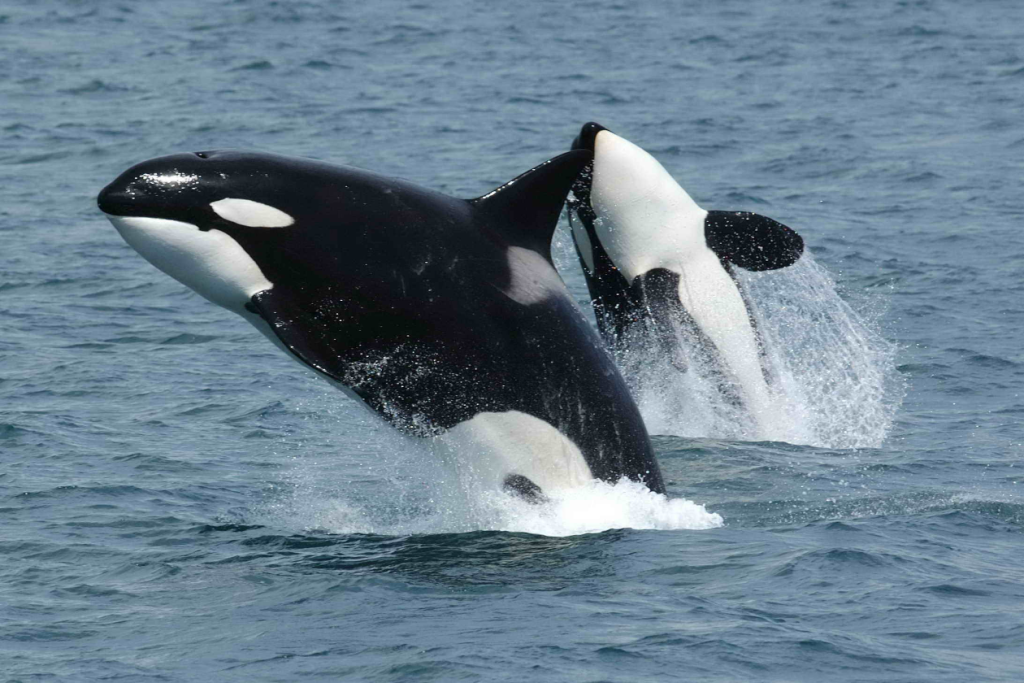
Are Orcas Dangerous to Humans?
Contrary to popular belief, wild orcas have rarely been known to attack humans. Throughout recorded history, there has been only one well-documented incident of a wild orca biting a human, which was non-fatal and possibly a case of mistaken identity . In contrast, shark attacks on humans are more frequent, highlighting the relative safety of orca encounters.
It’s important to note that incidents involving orcas typically occur in captivity, where stress and unnatural environments can lead to aggressive behavior . In the wild, orcas have shown little interest in humans, and there are no confirmed cases of fatal attacks.
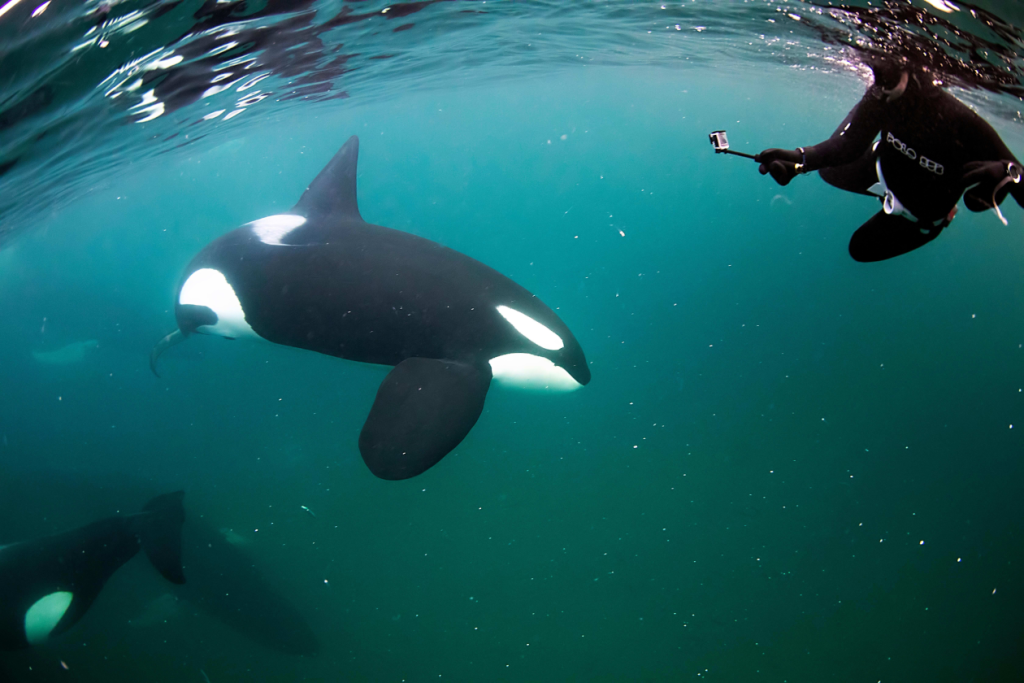
Understanding Orca Behavior
Orcas are apex predators with diverse diets, including fish, seals, and even whales. Their hunting techniques are sophisticated, involving coordinated group strategies and communication. Interestingly, orcas have been observed exhibiting playful behaviors and complex social interactions, indicating high intelligence .
While orcas are not typically a threat to humans, it’s essential to approach them with respect and caution. As with any wild animal, unpredictable behavior can occur, and maintaining a safe distance is advisable.
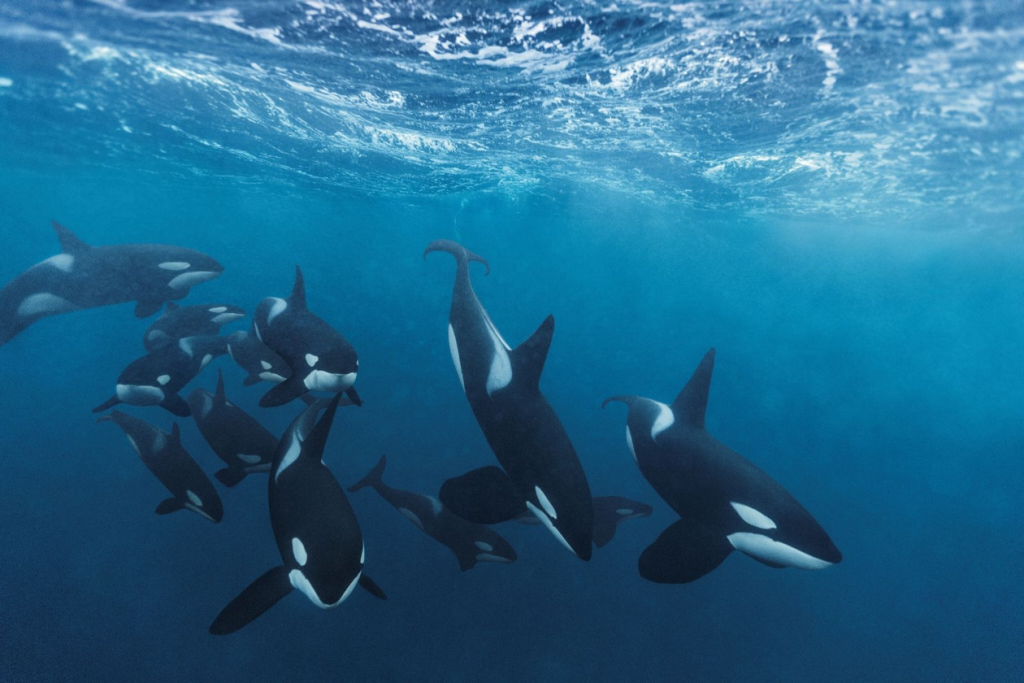
Best Locations for Diving with Orcas
Several regions around the world offer opportunities to swim or dive with orcas in their natural habitats:
- Norway: The fjords of northern Norway, particularly around Tromsø and the Lofoten Islands, are prime locations for orca encounters during the herring migration.
- New Zealand: The waters around the North Island occasionally host orcas, providing opportunities for sightings and interactions.
- Mexico (Baja California): Expeditions in the Sea of Cortez have reported orca sightings, offering a chance to observe these creatures in warmer waters .
It’s important to note that orcas are not commonly found in Costa Rican waters. However, false killer whales, which share some similarities with orcas, are occasionally spotted near Isla del Caño
Orcas vs. False Killer Whales
False killer whales (Pseudorca crassidens) are often mistaken for orcas due to similarities in skull structure, which is the origin of their name . However, they differ in appearance and behavior:
Size: False killer whales are generally smaller, reaching lengths of up to 6 meters, compared to orcas, which can grow up to 9 meters.
Appearance: False killer whales lack the distinctive black and white coloration of orcas and have a more slender body shape
Behavior: While both species are social and intelligent, orcas exhibit more complex hunting strategies and have a broader diet.
Encounters with false killer whales can be equally thrilling, especially in regions like Costa Rica, where they are more commonly observed.
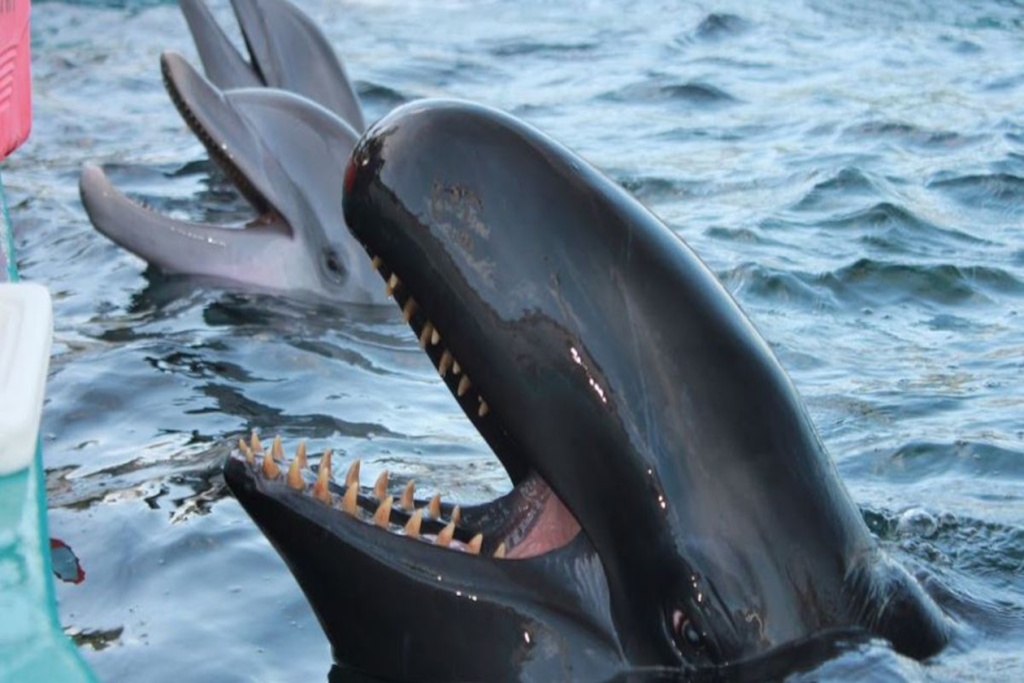
The Meaning Behind the Name “Killer Whale”
Despite their fearsome name, killer whales are not a direct threat to humans. The term originated from ancient sailors who observed orcas hunting large marine animals, calling them “whale killers,” which eventually reversed into “killer whales.” Scientifically, they are known as Orcinus orca—“Orcinus” referring to the Roman god of the underworld, perhaps due to their position at the top of the oceanic food chain. But this ominous label doesn’t reflect their actual relationship with humans, which is one of curiosity more than aggression.
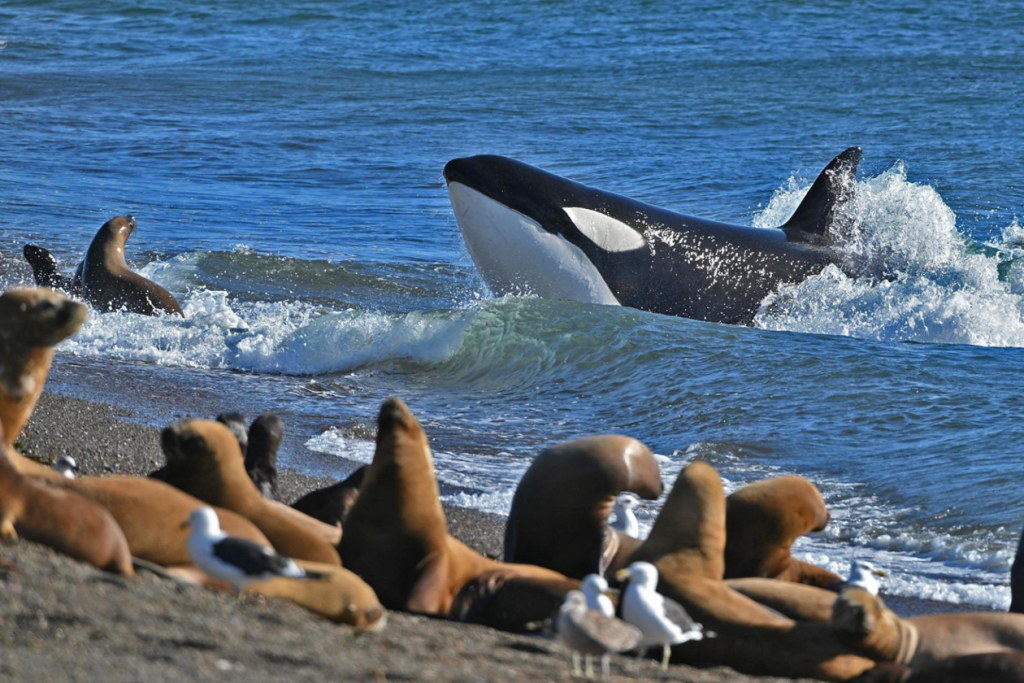
Safety Tips When Diving with Orcas
While diving with orcas is generally safe, it’s essential to follow a few basic guidelines to ensure both your safety and the well-being of these majestic creatures:
- Go with professionals: Always book tours with certified operators who follow responsible wildlife interaction protocols.
- Do not chase or touch: Let the orcas approach on their own terms. Avoid making loud noises or sudden movements.
- Maintain a respectful distance: Experts recommend staying at least 30 meters away unless the animal initiates closer contact.
- Be observant: Look for signs of stress or avoidance, such as sudden deep dives or rapid changes in direction.
These rules apply equally when swimming with orcas or simply observing them from a boat. Ethical and cautious behavior ensures safe and respectful encounters.
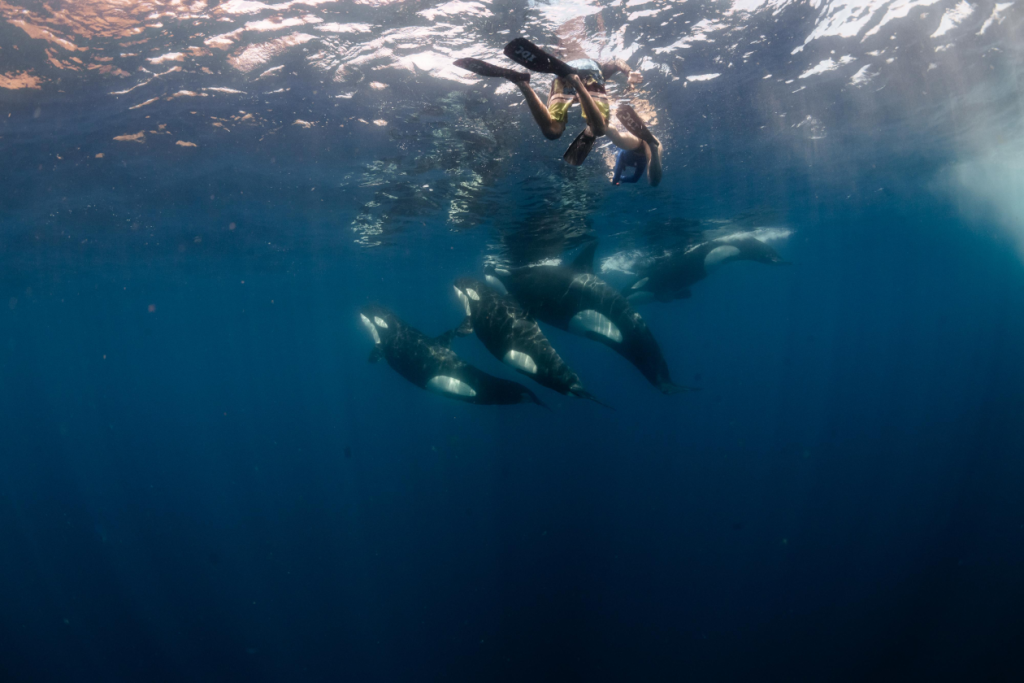
Summary
Swimming with orcas is a remarkable experience that, when conducted responsibly, poses minimal risk to humans. Understanding their behavior and respecting their natural environment are key to ensuring safe and memorable interactions.
Whether you’re diving in the icy fjords of Norway or observing false killer whales near Costa Rica, these encounters offer a profound connection with some of the ocean’s most intelligent inhabitants.
